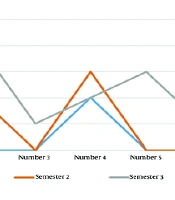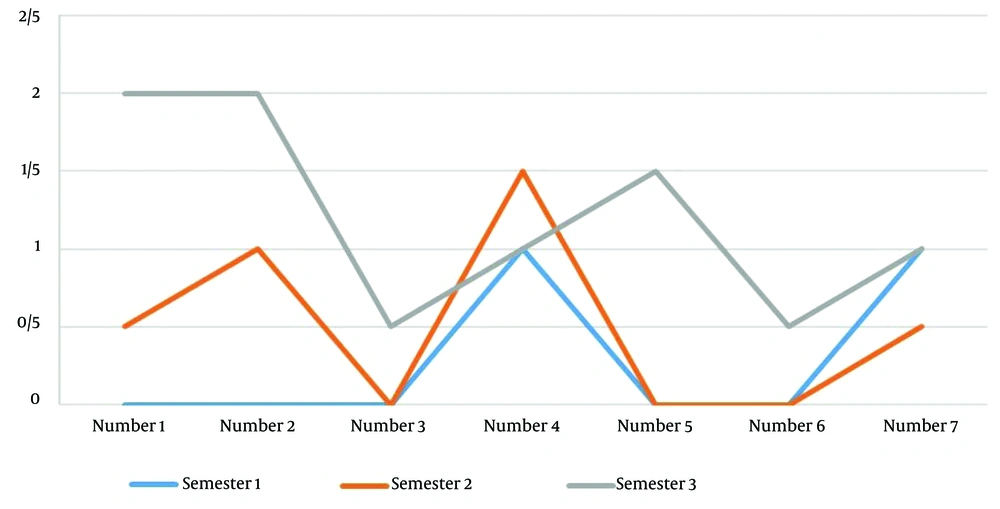Dear Editor,
Motivation is one of the most crucial skills for a teacher (1, 2), and recognizing creativity is highly influential in encouraging students to engage more actively in lessons and to be mentally present in class (3, 4). A bibliometric mapping of research literature indicates that creativity is significantly associated with cognitive performance (5) and effectively enhances learning and motivation, leading students to achieve better academic outcomes (6, 7). In a speech therapy class of seven students, we observed an increase in self-worth among students who think outside the box and those with lower grades, potentially due to the recognition of their creativity (September 2022 until November 2023). Creativity scores were assigned for verbal responses to encourage unique and diverse thinking in one course each semester. Additionally, a creativity question allowing for an optional answer and extra points was included in the mid-term and final exams, prompting students to draw an innovative diagram of a concept from their perspectives. Figure 1 illustrates the progression of students’ creativity scores over three semesters. The second semester in speech therapy features challenging assignments, and most students experienced a significant drop in their average grades compared to the first semester. However, students recognized for their creative thinking (number 4 and number 7) improved their average grades, advancing from the middle to the top third of the class. By the third semester, as shown in Figure 1, most students were actively competing for higher creativity scores by studying more and collaborating more in class.
This experience demonstrated that recognizing creativity could be an effective strategy to motivate intelligent students with low grades in small groups. Creative students are smart and capable of academic success (8), but they often struggle to maintain focus in class. Despite their hard work, they tend to score poorly on traditional evaluations (9, 10). Repeated poor results can lead to a negative cycle, discouraging them and perpetuating a loop of increasingly poor outcomes. Conventional teaching styles may not suit these students, but when they are acknowledged for their unique intelligence, it can inspire them to see themselves as capable of succeeding academically. This recognition helps them adapt better to traditional teaching methods and improve their academic performance.

